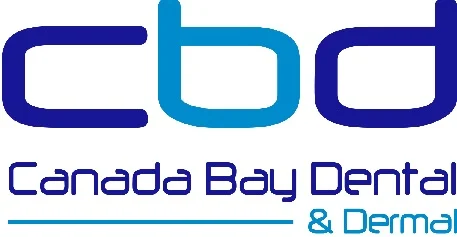Mouth Guards: Do You Really Need Them?
/For athletes, mouthguards are commonplace and often required – kind of like what a wedding ring is for married couples.Just take a look at a sport like rugby. Odds are pretty good that someone will lose a tooth or two during a scrum. Of course, athletes don’t have to wear a mouth guard, but we all know that athletes who play contact sports should do so, just so that their teeth are protected.
Do You Really Need A Mouthguard?
Dental injuries are the most common injuries in the oro-facial region, and almost 90% of these injuries are sports-related. In a recent study, it was shown that sports-related dental injuries could result in lost teeth, avulsed teeth or teeth that required expensive long-term endodontic treatment. However, this same study also showed that properly made, custom-fitted, dentist-made mouth guards could reduce the effect of sports-related injuries like concussions and direct dental trauma. In fact, the mouth guard could also absorb and disperse the shock energy from afull-face assault.
The National Youth Sports Foundation for Safety also recommends and supports the use of mouth guards for athletes. According to the Foundation, a properly made mouth guard could protect teeth and save the patient more than $5,000 in dental treatment. Avulsed and replaced teeth could easily cost the patient about $15,000 to about $20,000 in lifetime treatment costs. A good mouth guard could reduce the chances of this happening by as much as 45%.
What Are The Different Types of Mouth Guards And Which One Should I Choose?
Three different types of mouth guards are used to protect teeth from injury, including:
Stock mouth guards are the most common variety and can be purchased from any pharmacy. They are cheap and easy to wear but they do not conform to the tooth surface. As a result, they do not provide adequate protection and almost all dentists do not recommend the use of stock mouth guards.
Boil and bite mouth guards are the next most popular variety. These guards are made by heating a thermoplastic material and adapting the material to the teeth. Although these mouth guards are quite good, they do not provide adequate protection.
Custom-fitted or dentist-made mouth guards are perfect for a range of athletic and medical reasons. The dentist uses a special measuring material to custom-make the guard to fit the teeth. The close fit and stability means that this variety is the most comfortable. It can be a little expensive but this is well worth the protection and comfort.
Most professionals recommend the use of a custom dentist-made mouth guard to protect teeth. A well-made, custom guard can easily last for 10-12 years and it can be made in any colour or shape required.
Who Else Needs a Mouth Guard?
Apart from athletes, are also recommended for anyone who needs to protect their teeth from injury likechildren and adults who grind their teeth, athletes in non-contact sports like gymnastics, skateboarders, mountain bikers, etc. Custom-made dental mouth guards are also used to splint the jaws to prevent jaw stress and to deliver topical medications in the case of chronic gingival diseases.
How Is A Custom Mouth Guard Made?
The entire process is very simple. The dentist will then take a measurement of the teeth and make a dental model. The dentist will them send the model to a dental laboratory and the dental technician fabricates a custom dental mouth guard for the patient. This usually takes about two weeks. Once the guard is ready, the patient can start wearing the mouth guard immediately.
Contact your dentist immediately if you need a mouth guard for medical reasons. And if an athlete wants to retire with all of his real teeth, it would be a good idea to use a dentist-made mouth guard to protect those beautiful pearlies as well.
